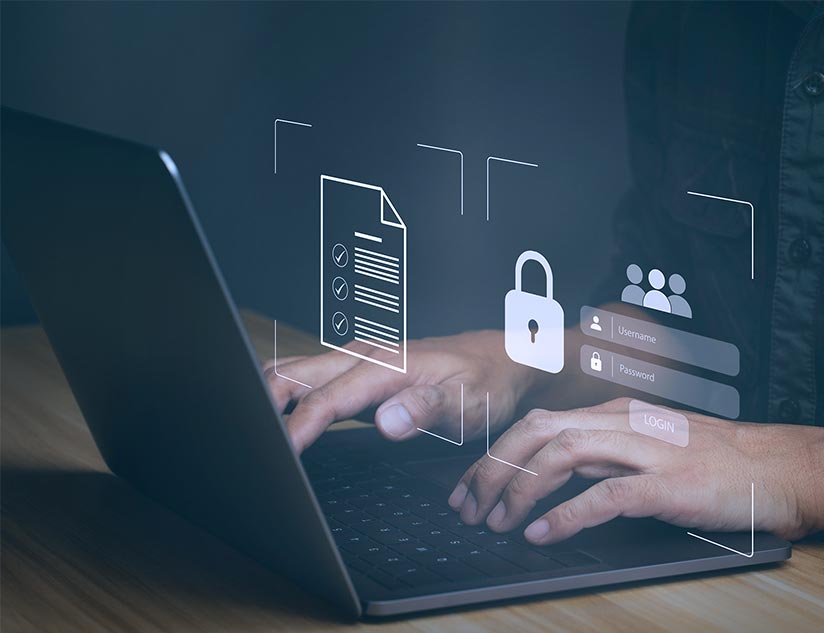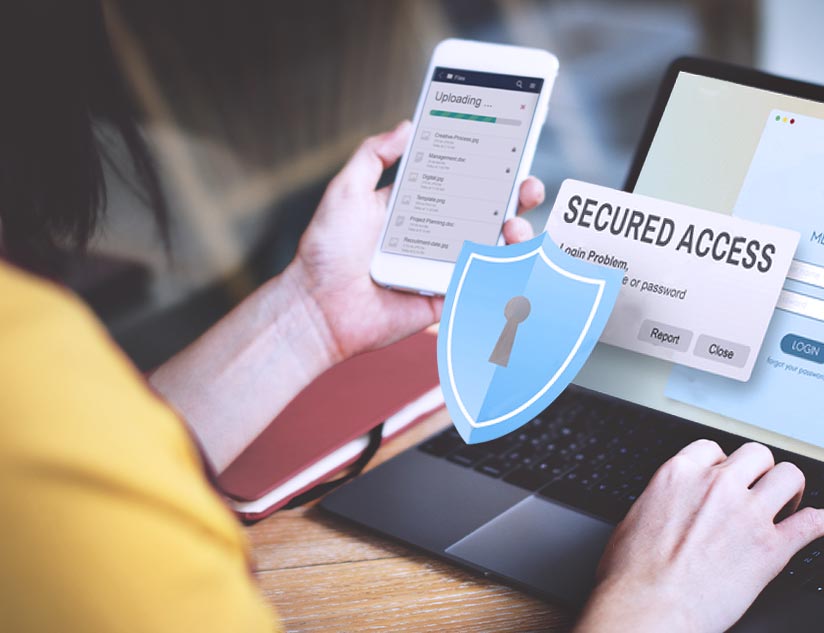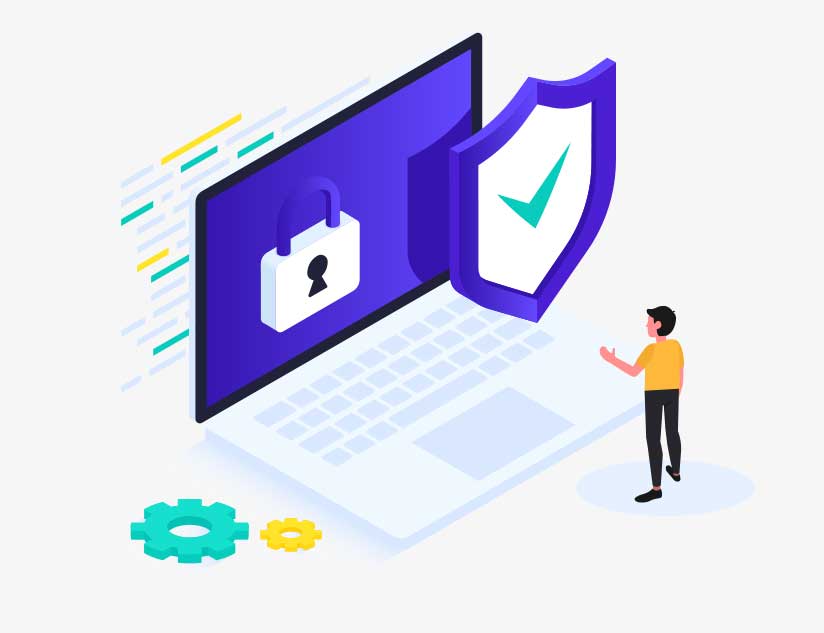Ideal Features to Look for in a DRM Solution for Education Publishing
August 5th, 2019
Just as intellectual rights are protected in the physical world, Digital Rights Management (DRM) protects copyright of all forms of digital content, including ebooks, documents, video, audio, images and more. With a robust DRM solution, your content is only accessible to authorized users for the purposes of consumption, modification and distribution. In a world that is seeing a rise in cyber threats, DRM can be an effective way to safeguard your content.
Content Piracy in the Digital World
Virtual ownership of digital content translates into downloading and sharing of digital files, mostly at the expense of forgone royalties for the publisher.
According to a Nielsen study, e-book piracy costs US publishers $315 million each year in lost sales, but most of these “pirates” are common folk, making it impossible to prevent or predict what or how content will be stolen.
DRM is an easy solution to protect your publication from unauthorized access and distribution. It is also critical for educational publishers since it prevents unauthorized access to eLearning content designed and curated by them.
What is DRM
According to its definition, Digital rights management (DRM) is the protection of copyrighted works by various means to control or prevent digital copies from being shared over computer or telecommunications networks. It includes the use of passwords, encryption and network restrictions such as trusted systems and firewalls.
Features of an Ideal DRM Solution
A DRM solution puts the reins in the hands of the content provider. As a publisher, your revenues come from authentic sales. DRM lets you decide and control the usage rights for your digital content by embedding advanced encryption algorithms. Thus, only a user who purchases your eBook will be able to access it.
Sharing of the content or any other unauthorized access can be controlled or even blocked. The four most important features of an ideal DRM solution are all linked to the control of content, timeline, and sharing.
1. Content Control
The DRM solution must ensure that there is no scope of modifying the content, without the publisher’s consent. Content should be safe from the possibility of being repurposed and modified in a way that is unapproved by the publisher.
2. Expiry Control
Publishers should be able to easily assign and edit the expiry of their publications, depending on the subscription model. Once the content expires it should not be available to the reader/learner. Since most good digital distribution platforms allow downloading the content it is very important that the content is only available to the reader during the subscription period and should be removed from their device as soon as the subscription ends.
3. Share Control
A DRM solution should also be able to restrict the duplication and distribution of content. This could include restricting the number of devices content can be downloaded at, limiting the number of devices that can be logged in and even generating separate access codes.
4. Sales Enablement
A good DRM solution should not restrict sales activity rather it should be flexible enough that different types of sales models are supported. For example, B2B bulk selling, Short duration access, long term access, etc should be easily configurable.
In fact, tracking user engagement is an important part of the digital publishing experience and functionalities, such as access codes and individual licenses, can help generate more meaningful analytics that can serve as feedback for the publisher. The DRM solution should also be able to report analytics on its own performance, so that content publishers know if the solution is effective and meets their requirements.
Implementing DRM
An effective DRM solution not only restricts the duplication or distribution of paid content, it also enables the publisher to define the time window for which the content will be available. In addition, it helps set access restrictions, such as limiting the number of devices and granting users separate licenses/access codes. Here’s a look at some aspects that can help you assess whether the DRM solution is effective:
- Does the solution offer a unique username(s) or access code(s) for different users and devices?
- Does it limit file sharing?
- Does it allow publishers to set expiry dates and revoke them?
- Does it allow publishers to alter access rights?
- Does it fit into your existing system’s architecture?
- Does it limit license replication?
With smarter technologies constantly evolving, illegal distributors will continue to find ways of burrowing a hole into publishing revenues. The only way to ensure data security is through a professional DRM solution. Ultimately, DRM is about creating a secure ecosystem, in which users and content co-exist to serve the true purpose of the knowledge industry – to learn.
Do you wish to know more about MagicBox’s DRM solution, we are just a call away. Schedule a demo with us today.












